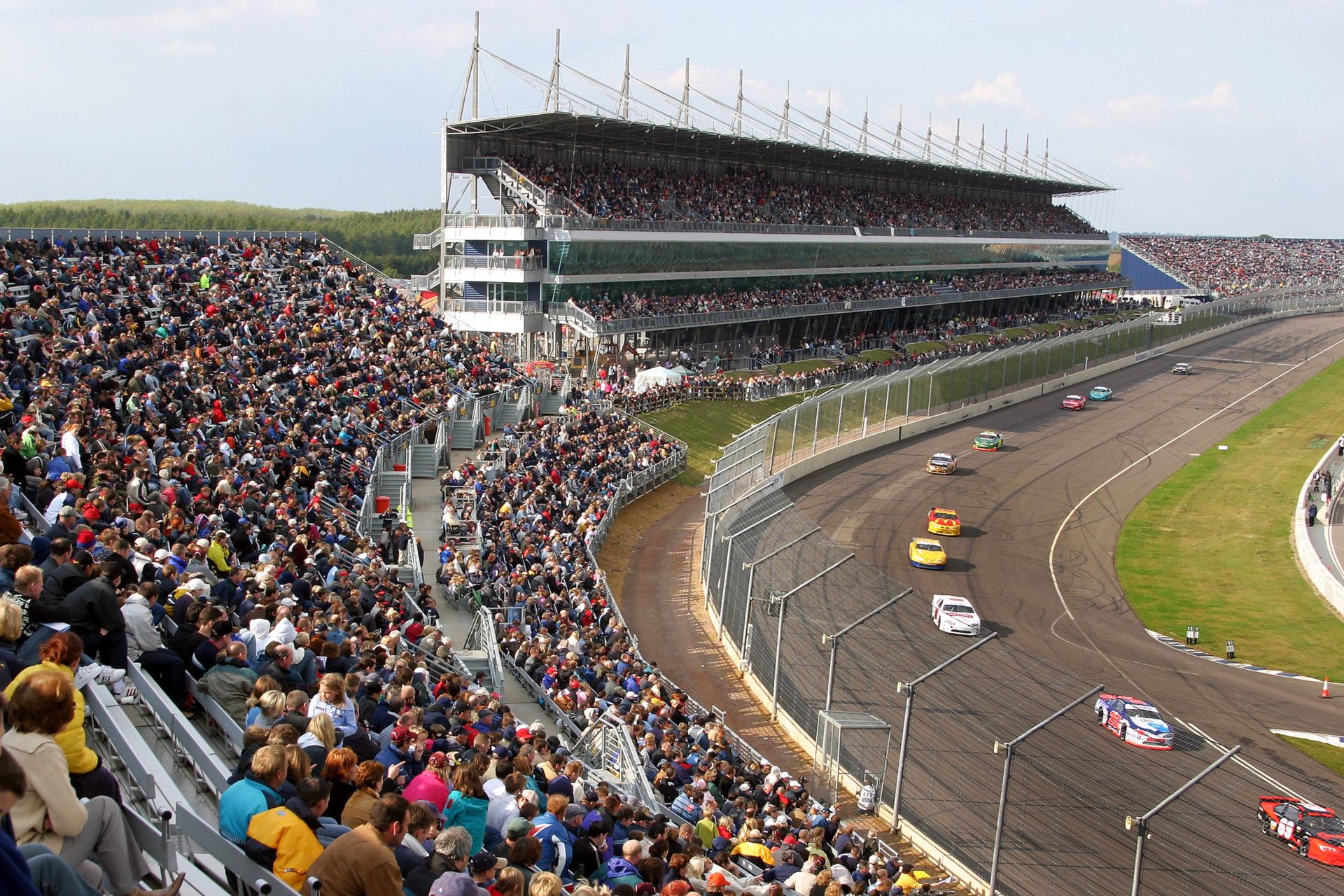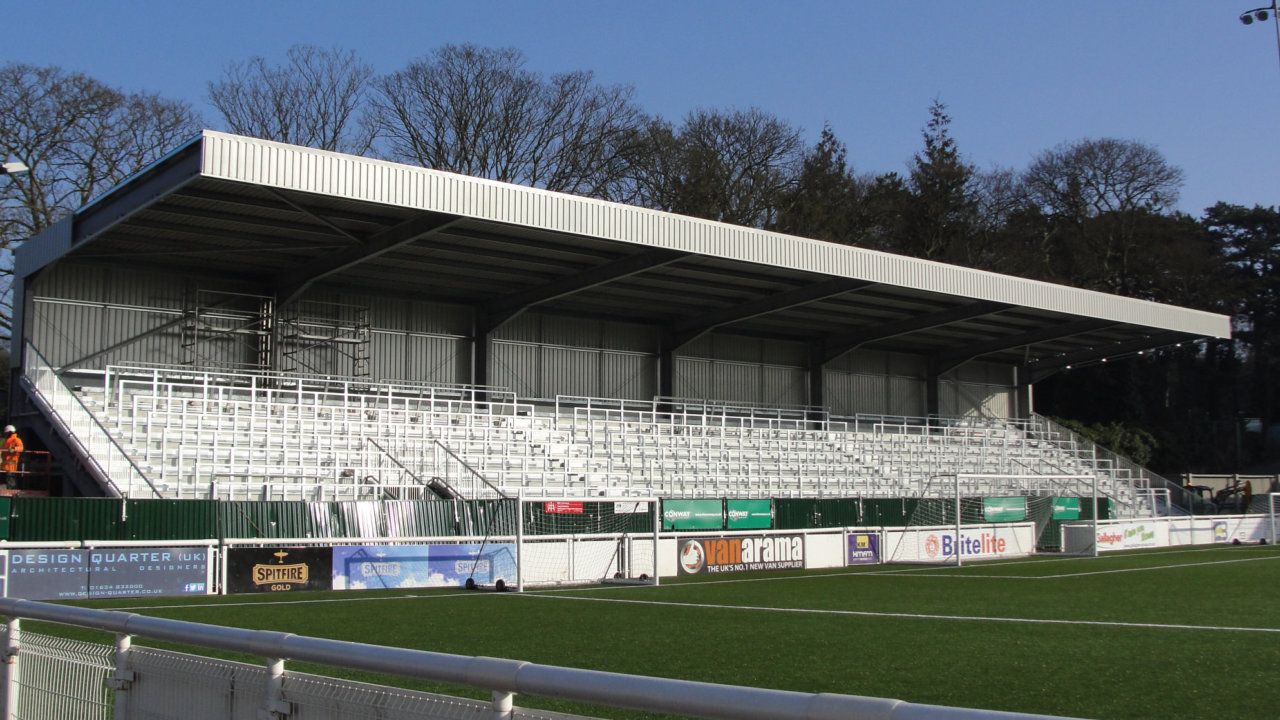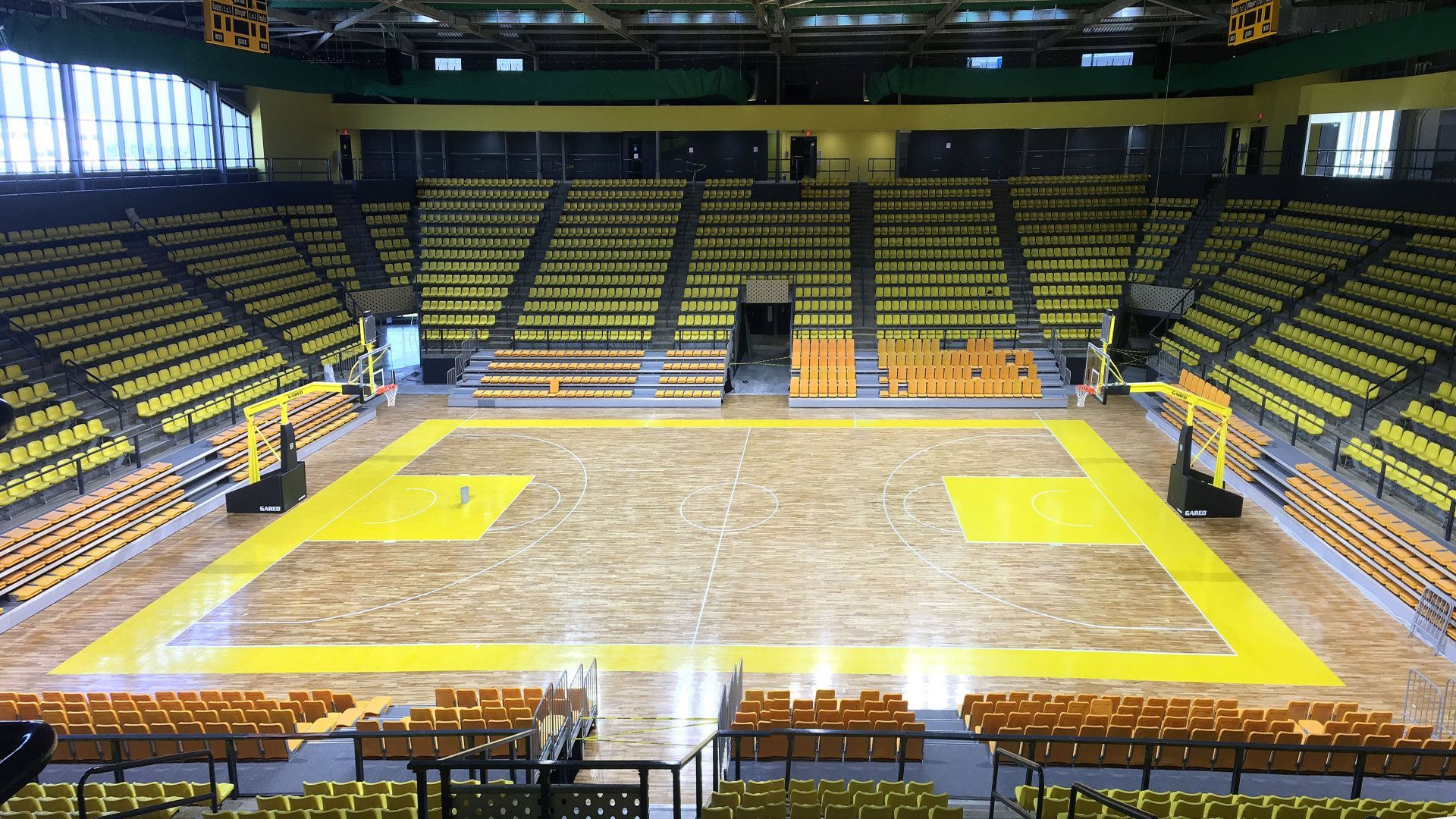REIDsteel
Stadia & Grandstands
Our main business is steel structure design & build - Football Stands & Stadia are a regular feature of our business...
Our main business is steel structure design & build - Football Stands & Stadia are a regular feature of our business.
Since 1919, REIDsteel has been designing, fabricating, and constructing steel structures. Our projects include grandstands, bleachers, arenas, auditoriums, theatres, sports halls, and stadiums worldwide.
We’ve built stadiums for top UK sports clubs like Aston Villa, Charlton Athletic, and Portsmouth FC, and racecourses such as Rockingham Motor Speedway.
We specialise in cost-effective grandstands that meet the Taylor Report’s safety and viewing standards.
We also design and supply suspended floors for offices or function rooms, and Directors’ and TV boxes.
| Stadia Types & Details | |
|---|---|
| Stadia, grandstands, auditoriums | . |
| Steelwork, cladding and glazing | . |
| Safety and viewing standards to meet the Taylor Report | . |
| Canopies, roofs, terracing and sight-screens | . |
| Entrances and exits | . |
| Suspended floors for offices, hospitality etc | . |
We have recently developed “IRis” - a very adaptable, efficient and innovative design system for circular and oval stadiums. Please contact us for more information.
Tel: +44 (0) 1202 483333 • Email: enquiries@reidsteel.co.uk






